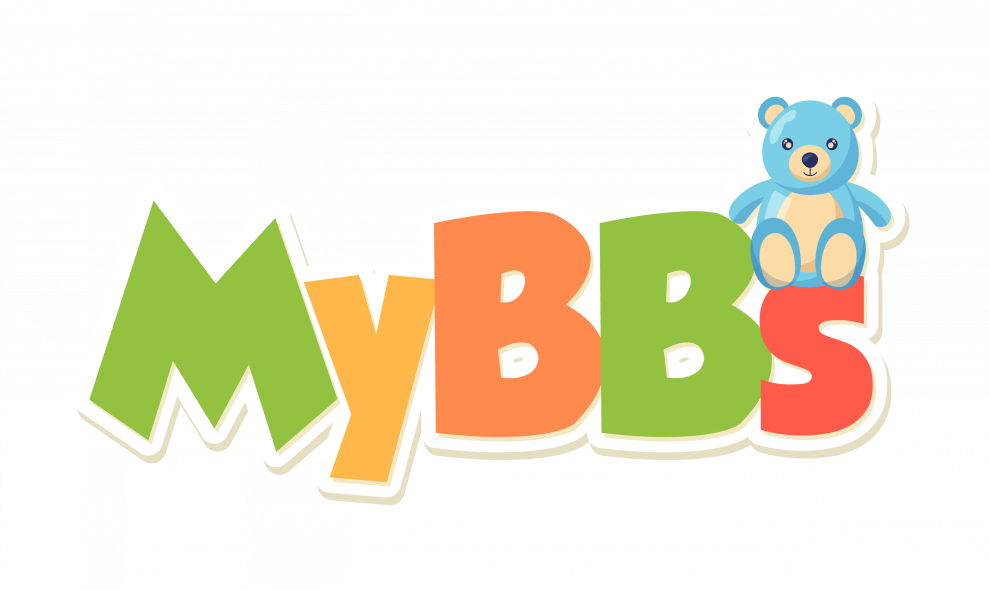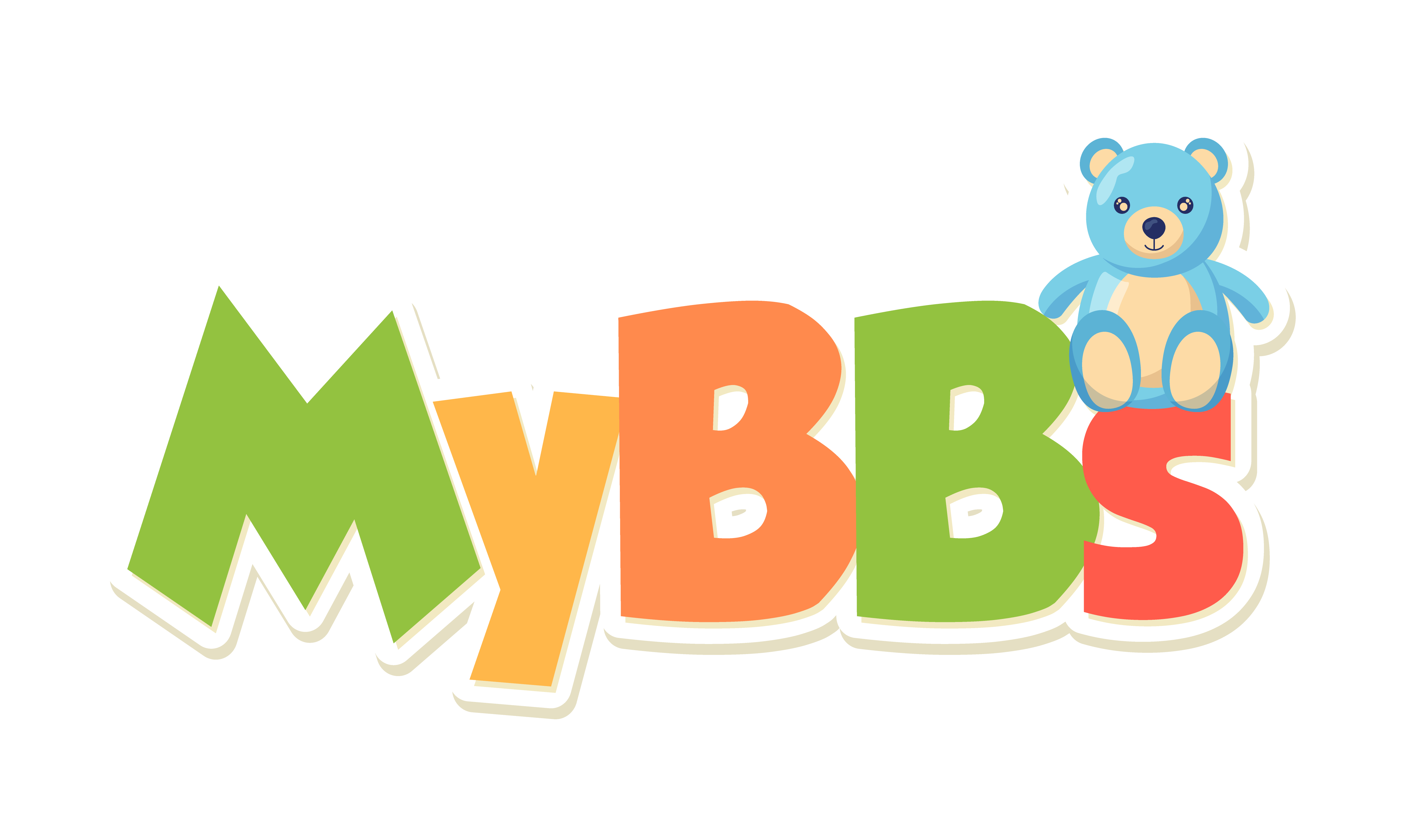All About Ty Beanie Babies
Beanie Baby Prototypes: Ty Beanie Babies Explained
Welcome to the fascinating world of Beanie Baby prototypes! These unique and often elusive toys are a cornerstone of the Ty Beanie Babies collection, and their history, design, and value are subjects of much interest to collectors and enthusiasts alike. In this comprehensive glossary entry, we’ll delve deep into the world of Beanie Baby prototypes, exploring their origins, their unique characteristics, and their place in the broader Beanie Baby universe.
Whether you’re a seasoned collector or a newcomer to the world of Beanie Babies, understanding prototypes is key to appreciating the depth and complexity of this beloved toy line. So, let’s embark on this journey together, and discover the captivating world of Beanie Baby prototypes!
What are Beanie Baby Prototypes?
A Beanie Baby prototype is essentially a preliminary version of a Beanie Baby toy. These prototypes are created by Ty Inc., the company behind Beanie Babies, as part of the design and production process. They serve as a kind of ‘rough draft’ of the final product, allowing the designers to test out different materials, colors, shapes, and other design elements before the toy goes into mass production.
Because they are not mass-produced, Beanie Baby prototypes are extremely rare. They are often one-of-a-kind, making them highly sought after by collectors. These unique toys offer a glimpse into the creative process behind Beanie Babies, making them a fascinating subject of study for anyone interested in the history and design of these popular toys.
Creation of Beanie Baby Prototypes
The creation of a Beanie Baby prototype is a complex and meticulous process. It begins with the designers at Ty Inc. sketching out ideas for new Beanie Babies. These sketches are then turned into three-dimensional models using a variety of materials, including fabric, stuffing, and plastic pellets. These models serve as the first prototypes of the new Beanie Baby.
Once the initial prototype is created, it undergoes a series of revisions and refinements. The designers may change the color of the fabric, adjust the shape of the toy, add or remove design elements, and make other changes based on feedback and testing. This iterative process continues until the designers are satisfied with the prototype, at which point it is used as the blueprint for the mass-produced version of the Beanie Baby.
Characteristics of Beanie Baby Prototypes
Beanie Baby prototypes are characterized by their uniqueness. Because they are preliminary versions of the toys, they often feature design elements that are different from the final product. These differences can include variations in color, shape, size, and other design elements. For example, a prototype may have a different color scheme than the final Beanie Baby, or it may have additional design elements that were removed in the final version.
Another distinguishing characteristic of Beanie Baby prototypes is their lack of tags. Unlike the mass-produced Beanie Babies, which come with heart-shaped tags attached to their ears, prototypes usually do not have these tags. This is because the tags are added during the mass production process, after the final design of the Beanie Baby has been approved.
History of Beanie Baby Prototypes
The history of Beanie Baby prototypes is closely intertwined with the history of Ty Inc. and its founder, Ty Warner. Warner, a former toy salesman, founded Ty Inc. in 1986 with the goal of creating a line of plush toys that were both high-quality and affordable. The first Beanie Babies were introduced in 1993, and they quickly became a sensation, thanks in large part to their unique design and the clever marketing strategies employed by Warner and his team.
From the very beginning, prototypes played a crucial role in the creation of Beanie Babies. Warner was known for his meticulous attention to detail and his relentless pursuit of perfection, and he used prototypes as a tool to achieve his vision. He would often create multiple prototypes of a single Beanie Baby, tweaking the design until he was satisfied. These prototypes, with their unique characteristics and their connection to the creative process, quickly became coveted items among collectors.
Early Beanie Baby Prototypes
The earliest Beanie Baby prototypes date back to the early 1990s, when Ty Inc. was just getting started. These early prototypes are particularly rare and valuable, as they offer a glimpse into the origins of the Beanie Baby phenomenon. They often feature design elements that are markedly different from the final product, reflecting the experimentation and innovation that characterized this early period in Beanie Baby history.
One notable example of an early Beanie Baby prototype is the original version of ‘Peanut the Elephant’. This prototype featured a royal blue color scheme, which was changed to a lighter shade of blue in the final version of the toy. The royal blue Peanut prototype is considered one of the rarest and most valuable Beanie Babies, with some examples selling for thousands of dollars at auction.
Later Beanie Baby Prototypes
As Ty Inc. grew and the Beanie Baby line expanded, the role of prototypes in the design process remained crucial. Throughout the late 1990s and early 2000s, Ty Inc. continued to create prototypes for each new Beanie Baby, refining the design until it met Warner’s exacting standards.
These later prototypes often feature more subtle differences from the final product, reflecting the company’s increasing sophistication and expertise. However, they are still highly sought after by collectors, who value them for their uniqueness and their connection to the creative process. Some of the most famous later prototypes include the original versions of ‘Princess the Bear’, ‘Peace the Bear’, and ‘Garcia the Bear’.
Value and Collectibility of Beanie Baby Prototypes
Beanie Baby prototypes are among the most valuable and sought-after items in the world of Beanie Baby collecting. Their rarity, combined with their unique design elements and their connection to the creative process, make them highly desirable to collectors.
The value of a Beanie Baby prototype can vary widely, depending on a variety of factors. These include the age of the prototype, the differences between the prototype and the final product, the condition of the prototype, and the demand among collectors. Some prototypes, such as the royal blue Peanut, can sell for thousands of dollars, while others may be worth a few hundred dollars.
How to Determine the Value of a Beanie Baby Prototype
Determining the value of a Beanie Baby prototype can be a complex process. It requires a thorough understanding of Beanie Baby history, a keen eye for detail, and a good sense of the current market. The first step is to identify the prototype and determine its age and the differences between it and the final product. This information can often be found in Beanie Baby guidebooks, online databases, and other resources.
Once you have identified the prototype, the next step is to assess its condition. Like all collectibles, Beanie Baby prototypes are more valuable if they are in good condition. Look for signs of wear and tear, such as stains, tears, or missing parts. Finally, you’ll need to consider the demand among collectors. This can be gauged by looking at recent sales of similar prototypes, consulting with other collectors, and keeping an eye on online auction sites and other marketplaces.
Where to Buy Beanie Baby Prototypes
Because of their rarity, Beanie Baby prototypes can be difficult to find. However, there are several places where you might be able to find these unique collectibles. One of the best places to start is online auction sites, such as eBay. These sites often have a wide selection of Beanie Babies, including prototypes. Be sure to read the descriptions carefully and ask the seller questions if you’re not sure about the authenticity of the item.
Another good place to look for Beanie Baby prototypes is at toy shows and collectible conventions. These events often feature a wide range of collectibles, including Beanie Babies, and you might be able to find a prototype among the offerings. Finally, you can also try contacting other Beanie Baby collectors, as they may have prototypes in their collections that they are willing to sell.
Conclusion
Beanie Baby prototypes are a fascinating aspect of Beanie Baby history. These unique toys offer a glimpse into the creative process behind one of the most popular toy lines of all time, and their rarity and uniqueness make them highly sought after by collectors. Whether you’re a seasoned Beanie Baby collector or a newcomer to the hobby, understanding and appreciating prototypes can greatly enhance your enjoyment of these beloved toys.
So, the next time you’re browsing through a collection of Beanie Babies, keep an eye out for those unique prototypes. Who knows? You might just find a rare and valuable piece of Beanie Baby history!
Now that you’ve uncovered the allure of Beanie Baby prototypes and their place in toy history, why not bring a piece of that magic into your own collection? At MyBeanieBabies.com, we’re dedicated to providing you with a treasure trove of Beanie Babies, Beanie Boos, and Beanie Buddies. From the timeless classics that sparked a global phenomenon to the latest cuddly companions, our carefully curated selection is designed to rekindle the joy and imagination of your childhood. Don’t miss out on the opportunity to own a part of this endearing legacy. Check out our plush shop now and give your child—or your inner child—the gift of a treasured and timeless Beanie Baby.

